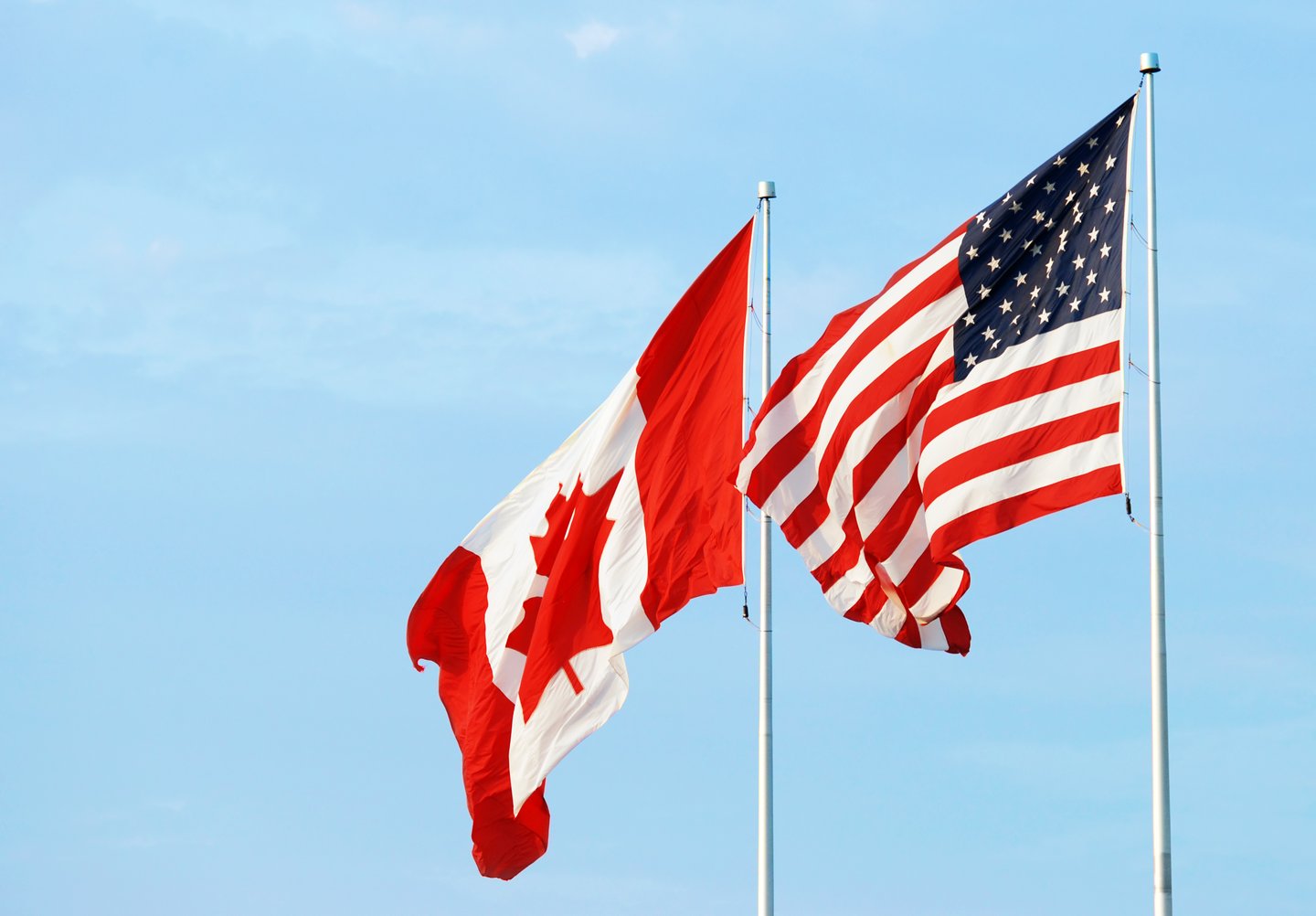With tariffs on the horizon, Canada’s food sector urges long-term solutions
With the looming threat of U.S. tariffs on Canadian goods, Canada’s food sector is bracing for impact, while advocating for long-term solutions to strengthen the industry.
Prior to his inauguration, U.S. President Donald Trump had signaled plans to impose a 25% tariff on Canadian imports on his first day in office, January 20. While that didn’t materialize, he suggested February 1 as the new target date.
Gary Sands, senior vice president, public policy & advocacy at the Canadian Federation of Independent Grocers (CFIG), wasn’t surprised that Trump held off on day one, noting growing concerns from Canada were starting to be heard. “However, if there’s a single point we can all agree on, it’s that we should hope for the best and continue to prepare for the worst.”
A U.S. tariff, coupled with retaliatory tariffs now being proposed by Ottawa and supported by provinces like B.C. and Ontario, would have a significant and immediate impact on the agri-food sector, says Sands. “It’s going to be very difficult.”
The toll on consumers and the food sector
From a retail perspective, Sands notes that independent grocers are seeing ongoing cost increases from suppliers. “We understand what’s behind the suppliers having to increase their prices, but the reality is, they’re still increasing prices and those have to be passed on to consumers.”
If tariffs are introduced, he adds, it will add to the pain already felt by retailers and consumers. “The immediate impact is that we’re going to start to see price increases at retail and the concerns consumers have around affordability are going to become even more heightened.”
READ: Metro CEO Eric La Flèche on tariffs, GST holiday, price increases and more
Sands points out that rural, remote and Indigenous communities in Canada are especially dependent on imports, so the impact of tariffs will hit those communities even harder. “Costs are already higher in those areas because of transportation and other factors,” says Sands. “The impact of tariffs obviously is going to have a big impact on the country as a whole, but there are some areas of the country where it will have a disproportionately greater impact… and that is often overlooked.” When costs rise too high, he adds, it can become a food-security issue.
On the manufacturing side, many companies in Canada rely on the U.S. for significant volume—and they’re going to be hurt, says Michael Graydon, CEO of Food Health & Consumer Products of Canada (FHCP). Medium-sized companies, in particular, depend on the U.S. as part of their growth strategies, especially given challenges to growth in Canada, such as the consolidation of the grocery retail sector and the industry overall being flat.
With retaliatory measures by the Canadian government still in question, Graydon highlights that Canadian manufacturers also rely on U.S. imports for ingredients and finished goods. There will be an inflationary impact if Canada imposes tariffs on food items, as well as potential issues around availability if U.S. companies decide to stop shipping their goods here, he explains. “So, a real, significant consumer impact is going to emerge… if we’re not careful.”
Looking beyond a tariff war
Rather than getting caught up in a tit-for-tat tariff war, the agri-food sector wants to collaborate with the government to strengthen the industry within Canada. These discussions could include opportunities for economic diversification, enhanced trade in other regions such as the Indo-Pacific, and other strategies to mitigate the disruptions and costs associated with tariffs.
“We’re looking for an ongoing process that can be put in place where the government is utilizing the industry itself to develop new strategies,” explains Sands. “What can we do to strengthen our supply chains here in Canada? What opportunities are out there with other trading regions that can replace some of the areas that we’re heavily dependent on in the States?”
This was spelled out in a letter sent late last month to Ottawa’s Minister of Export Promotion, International Trade and Economic Development, and Minister of Agriculture and Agri-Food Canada. The letter, which proposed the creation of an agri-food sector advisory group, was signed by key industry associations including CFIG; FHCP; Canadian Federation of Agriculture; Canadian Produce Marketing Association; and Retail Council of Canada.
“The point of the letter was to say no one group or person has all the answers, but together we can come up with solutions,” says Sands.
READ: U.S. tariffs could become catalyst to bolster Canadian food supply chains, experts say
The need for collaboration, he adds, is driven not only by the situation in the U.S., but the current Canadian political environment and the upcoming federal election. “Likely right through to May, we’re going to have a bit of an unstable situation in Canada—and we can’t afford it. So, this kind of [advisory] body will help provide—at the least the agri-food sector—more stability… and a bridge during this transitional period that we’re going through in Canada.”
Long term, the goal of the proposed advisory group is to bring together different facets of the agri-food sector on an ongoing basis—not just for a one-time roundtable discussion on tariffs, notes Sands. “Let’s have an ongoing process where, while we’re talking to governments, we’re talking to each other and we’re hearing what each other is saying.”
For manufacturers in particular, Graydon says, “There should be attention paid to seizing the opportunity to ensure that our manufacturing sector and our economy is much more resilient and self-efficient... We have, over time, allowed ourselves to become almost exclusively reliant on the United States for much. And it’s now starting to haunt us.”
One key strategy is to remove the inter-provincial trade barriers in Canada. “The economic benefit of the removal of trade barriers would offset the negative economic impact of the tariffs in the United States,” says Graydon.
He also highlights the need to reduce regulatory burdens on the sector, make it more attractive to do business in Canada, and have ongoing investment in the sector. “We’re so highly regulated. The cost implications of doing business in this country are over the top, and you’re going to start to see less capital investment and more challenges in the sector with the continued growth of regulatory burden.”



